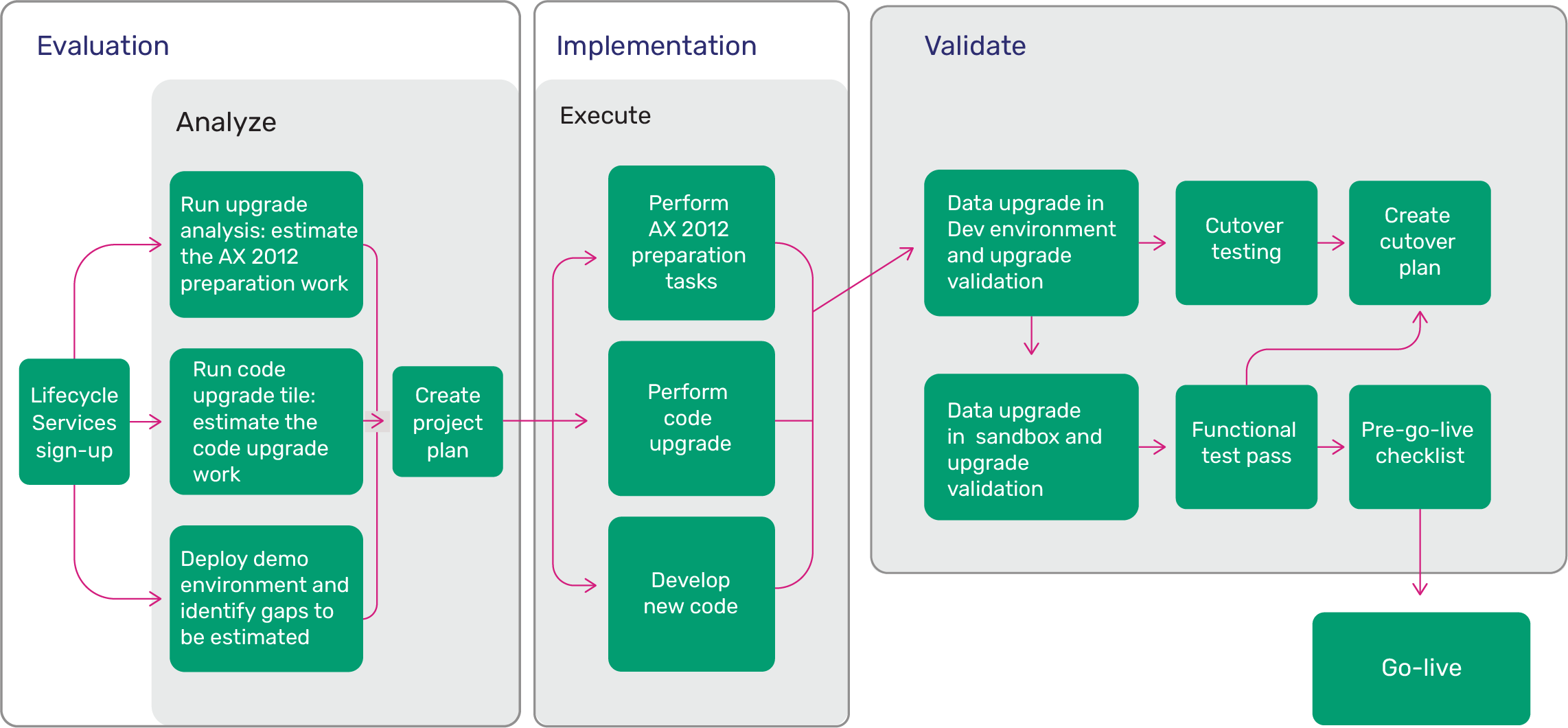
Benefits of Microsoft Dynamics 365 Finance and Operations
Microsoft Dynamics 365, a cloud-based application experience based on a common data model allowing Microsoft’s current CRM and ERP cloud solutions to be deployed in one cloud service with new role based subscriptions.





